- No products in the cart.
Novalgin Table 10 pc
$5.31
Novalgin Table 10 pc
SKU: 1743564964 Categories: Analgesics, antispasmodics, Medicaments Tags: =+ paracetamol + caffeine propyphenazone, ATRAPAK
Description
Composition
Active substance:
Caffeine – 50.0 mg paracetamol – 200.0 mg, propyphenazone – 200.0 mg.
Excipients:
microcrystalline cellulose – 100.0 mg Croscarmellose sodium – 8.0 mg Sodium carboxymethyl starch, L – 44.8 mg Povidone K25 – 18.0 mg, colloidal silicon dioxide – 3.2 mg magnesium stearate – 16.0 mg.
Description:
Valium round tablets White to white color with a yellowish shade, with the mark on one side and bevels on both sides. Presence of marble ™.
Product form:
Tablets of 50 mg + 200 mg + 200 mg.
10 tablets in blisters of PVC film and aluminum foil printed patent.
1 blisters with pocket for carrying blisters or not together with instructions for use placed in a cardboard box (pack). One jar together with instructions for use placed in a cardboard box (pack).
Contraindications
Increased sensitivity to the drug, severe kidney and / or liver failure, deficiency of the enzyme glucose-6-phosphate dehydrogenase, hemodyscrasia (leukopenia, anemia, including haemolytic), acute gematoporfiriya, full or partial combination of asthma, recurrent nasal polyposis and paranasal sinuses and intolerances nonsteroidal antiinflammatory drugs (including history), a condition accompanied by respiratory depression, intracranial hypertension, acute myocardial infarction, ish emicheskaya heart disease, arrhythmias, hypertension, peptic ulcer and duodenal ulcer in the acute stage, glaucoma, drunkenness, insomnia, pregnancy, lactation, children under 12 years.
Precautions: benign hyperbilirubinemia (including Gilbert syndrome, Dubin-Johnson syndrome, Rotor), old age, alcoholism, epilepsy and susceptibility to seizures, moderate impaired liver or renal function, bronchial asthma, gastric ulcer and duodenal ulcer history.
Dosage
50 mg + 200 mg + 200 mg
Indications
Pain syndrome mild to moderate intensity for painful menstruation (algomenorrhea), in the absence of organic changes.
Painful syndrome of weak and average intensity of various origins: headache, migraine, toothache, arthralgia, myalgia.
The combination therapy as antipyretic in febrile states on the background of infectious and inflammatory diseases (SARS, influenza and the like).
Interaction with other drugs
Efficacy may be reduced while the use of cholestyramine, anticholinergic antidepressants, alkaline substances. While the use of barbiturates, anticonvulsant prepara¬tami, alcohol greatly increases hepato toxic effect. Metoclopramide accelerates the absorption of paracetamol. Under the influence of paracetamol during floor alas conduct hloramfe- Nikola increases 5 times. Concomitant use of acetaminophen in high doses increases the effect of anticoagulants, which increases the risk of bleeding. Myelotoxicity means increase the expression gematotoksichnosti paracetamol. The use of paracetamol together with zidovudine increases the risk of developing neutropenia.
Caffeine speeds up the absorption of ergotamine; reduces the absorption of calcium supplementation; reduces the effect of narcotic and hypnotic drugs, increases the excretion of drugs lithium; It accelerates the absorption and enhances the action of cardiac glycosides and increases their toxicity. The simultaneous use of caffeine with beta-blockers may lead to mutual suppression therapeutic effects, with the beta-adrenergic agonist to an additional stimulation of the central nervous system and other toxic effects. Caffeine can decrease the clearance of theophylline and other xanthines possible, increasing the possibility of additive pharmacodynamic, and other toxic effects. Monoamine oxidase inhibitors, furazolidone, procarbazine, selegiline, and large doses of caffeine can cause the development of dangerous cardiac arrhythmias or severe high blood pressure. Nicotine increases the rate of caffeine withdrawal. Mexiletine reduces the excretion of caffeine by 50%. Caffeine is an antagonist of adenosine.
Propyphenazone can enhance the effect of oral hypolipidemic agents, sulfa drugs, anticoagulants, corticosteroids ulcerogenic effect reduces the effectiveness of potassium-sparing diuretics.
Overdose
Symptoms (caused by paracetamol) during the first 24 hours after the overdose – nausea, vomiting, epigastric pain, pallor, reduced appetite. After 1-2 days signs determined SHOCK deposits of the liver (the liver pain, increased liver microsomal enzyme activity). Perhaps the development of glucose metabolism and metabolic acidosis. In adult patients develop liver disease after ingestion of 10 g of paracetamol. In the presence of factors influencing the paracetamol liver toxicity, liver damage possibly after reception of more than 5 grams of paracetamol. In severe cases of overdose, resulting in hepatic failure may develop encephalopathy and coma, acute renal failure with tubular necrosis (including the absence of severe liver damage), arrhythmia, pancreatitis. Treatment: within 1 hour after overdose recommended gastric lavage, appointment of activated carbon, symptomatic therapy.
Introduction acetylcysteine is most effective during the first 8 hours after the overdose with time efficiency drops, if necessary, may intravenous donators SH groups and precursors of glutathione synthesis – methionine for the next 24 hours after the overdose, treatment of such patients is performed under conditions spetsiali-EventLog separation liver diseases. High doses of caffeine cause the following symptoms: headache, tremor, irritability, gastralgia, agitation, motor bespo-koystvo, confusion, tachycardia, arrhythmia, hyperthermia, dehydration, increased tactile and pain sensitivity, frequent urination, headache, nausea, vomiting, sometimes with blood, ringing in the ears, convulsions {in acute overdose – tonic-clonic).
Treatment: gastric lavage, administration of activated charcoal, laxatives, when ragicheskom-hemorrhagic gastritis – administering antacids, gastric lavage with ice-cold 0.9% sodium chloride solution, maintaining a ventilation and oxygenation, in convulsions intravenous diazepam, phenobarbital, maintaining fluid and electrolyte balance . It will be appreciated that the occurrence of clinically significant symptoms caffeine overdose while taking this drug is always associated with severe liver injury caused by paracetamol overdose.
pharmachologic effect
Pharmacological group:
Analgesic combined (NSAIDs are non-narcotic analgesic agent + + psychostimulant agent).
Pharmacodynamics:
Novalgin® is a combined preparation, the effect of which is determined by components in its composition.
Paracetamol and propyphenazone possess analgesic and antipyretic action. Paracetamol – a non-narcotic analgesic. Blocking the cyclooxygenase (COX) only in the central nervous system (CNS), acting on the pain and thermoregulatory centers (in inflamed tissue cell leroksidazy neutralize the effect of paracetamol on COX), which explains the absence of an anti-inflammatory effect. No effect on the synthesis of prostaglandins (PGs) in peripheral tissues causes lack of a negative effect on water-salt exchange (sodium and water retention) and the mucous of the gastrointestinal tract. Propyphenazone a pyrazolone derivative. The mechanism of action is carried out by inhibiting COX participating in the formation of new and simple glands from arachidonic acid. Caffeine stimulates the psychomotor centers of the brain, enhances the analgesic effect, eliminates drowsiness and fatigue, increases physical and mental performance.
Pharmacokinetics:
Paracetamol
Absorption – high, the connection with plasma proteins – 15%, time to maximum concen-tration in the blood plasma (TStah) – 20-30 minutes. It penetrates the blood-brain barrier (BBB). Less than 1% of the dose received nursing mother enters the breast milk. Terapevtiche¬skaya effective concentration of paracetamol in plasma obtained when administered at a dose of 10-15 mg / kg.
It is metabolized in the liver: 80% enters the conjugation reaction with glucuronic acid and sulfuric acid to form inactive metaboli¬tov; 17% undergoes hydroxylation with the formation of active metabolites which are conjugated with glutathione. With a lack of glutathione, these metabolites may block the enzyme systems of hepatocytes and cause their death.
The half -. 2-3 hours in elderly patients decreases clearance of paracetamol increases the half-life. Vyvodit¬sya kidneys unchanged 3%. propyphenazone
Propyphenazone maximum concentration in plasma is achieved after 30 minutes. Etsya metabolized in the liver. The half-life of 1-1.5 hours. The combination with paracetamol increases the time of its removal by 40%, which plays a significant role since reduces the number of receptions of the drug throughout the day.
Excreted by the kidneys.
Caffeine
Time to maximum concentration – 1 hour; half-life – 3.5 hours; 65-80% kofei-in display memory is mainly in the form of 1-methylxanthine, 1-metilmochevoy acids and acetylated derivatives of uracil nebol¬shoe number of turns in the theophylline and theobromine.
Pregnancy and breast-feeding
Use of the drug during pregnancy and breast-feeding period is contraindicated.
Conditions of supply of pharmacies
Without recipe
side effects
The frequency of side effects is given according to the following gradation: very often:> 10%; common:> 1% and
special instructions
In applying the drug required to monitor patterns of peripheral blood and functional state of the liver. During treatment should abandon the use of alcoholic beverages (increased risk of gastrointestinal bleeding). Excessive consumption of caffeine-containing products (coffee, tea) during treatment can cause symptoms of overdose. The drug may make it difficult to establish the diagnosis at acute abdominal pain syndrome. Glutathione deficiency due to eating disorder, dietary fibrosis, HIV infection, starvation, depletion causes the possibility of severe liver disease with small overdose of paracetamol (5 g, and more). should not be taken with other drugs paratsetamolsoderzhaschimi. Should inform your doctor, during the tests for determining uric acid and blood glucose that you take this drug. Can change the results of the analyzes of doping control in athletes. Use of the drug as a means to relieve headaches, longer than the recommended period, can lead to chronic headaches.
Effects on ability to drive and operate machinery which requires high concentration of attention
During the period of administration of the drug should be careful when driving and occupation of other activities that require high concentration and psychomotor speed reactions.
Storage conditions
In the dark place at a temperature not higher than 25 ° C.
Keep out of the reach of children.
Dosing and Administration
Assign adults inside of 1 – 2 tablets 1-3 times a day for children aged 12-18 – U2-1A tablet 1-3 times a day, preferably 1-2 hours after meal with plenty of fluids. The maximum single dose for adults 2 tablets. The daily dose should not exceed 6 tablets. The drug should not take more than 5 days as an anesthetic, and no more than 3 days as antipyretic without prescription and a physician monitoring.
Do not exceed the recommended dose. If you have taken a dose greater than the recommended, seek medical help, even if you feel well. An overdose of acetaminophen can cause liver failure.
Information
Appearance may differ from that depicted in the picture. There are contraindications. You need to read the manual or consult with a specialist
Additional information
| Weight | 0.100 kg |
|---|---|
| Manufacturer | ATRAPAK |

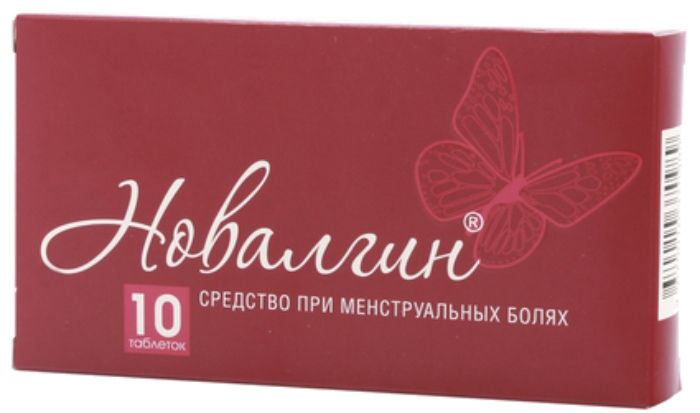
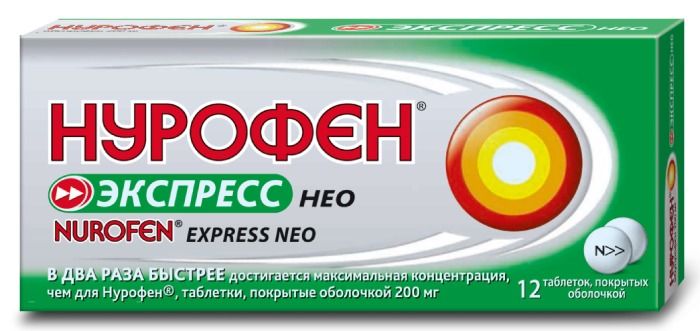
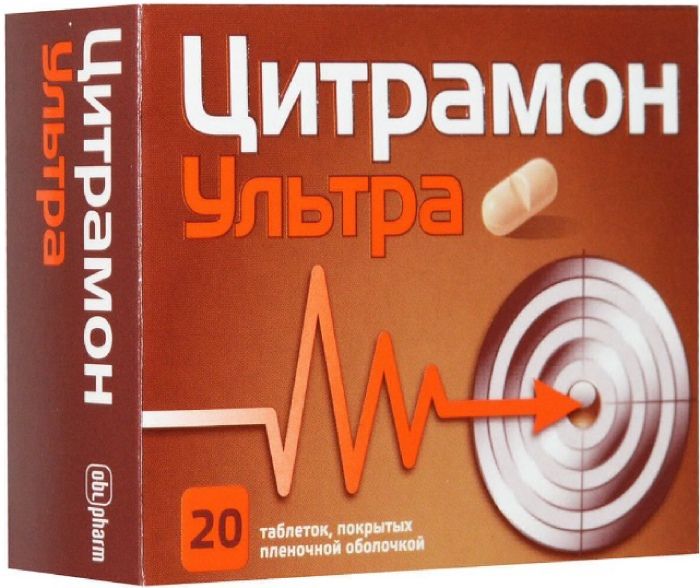
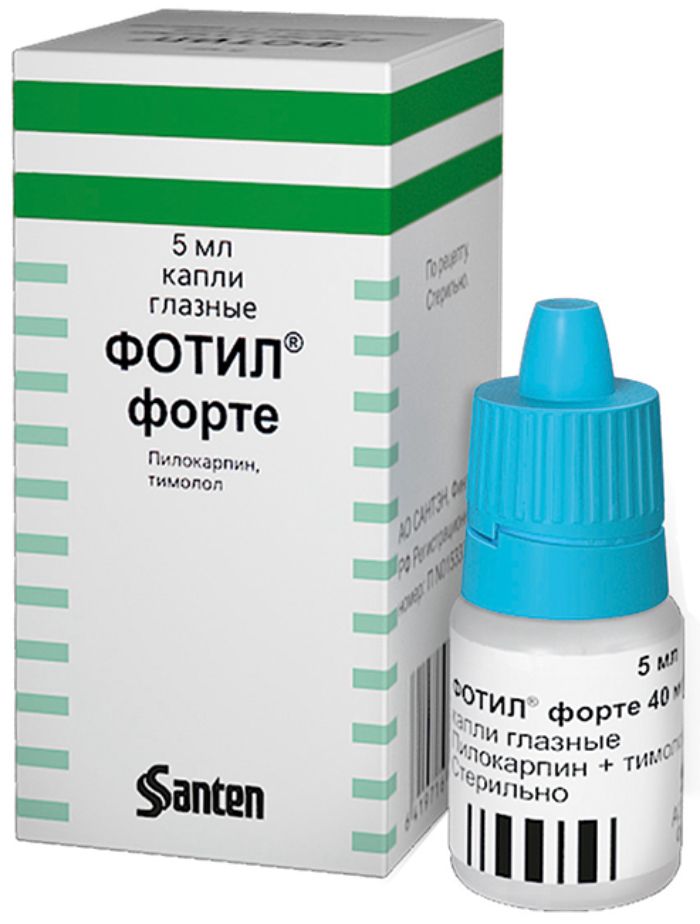
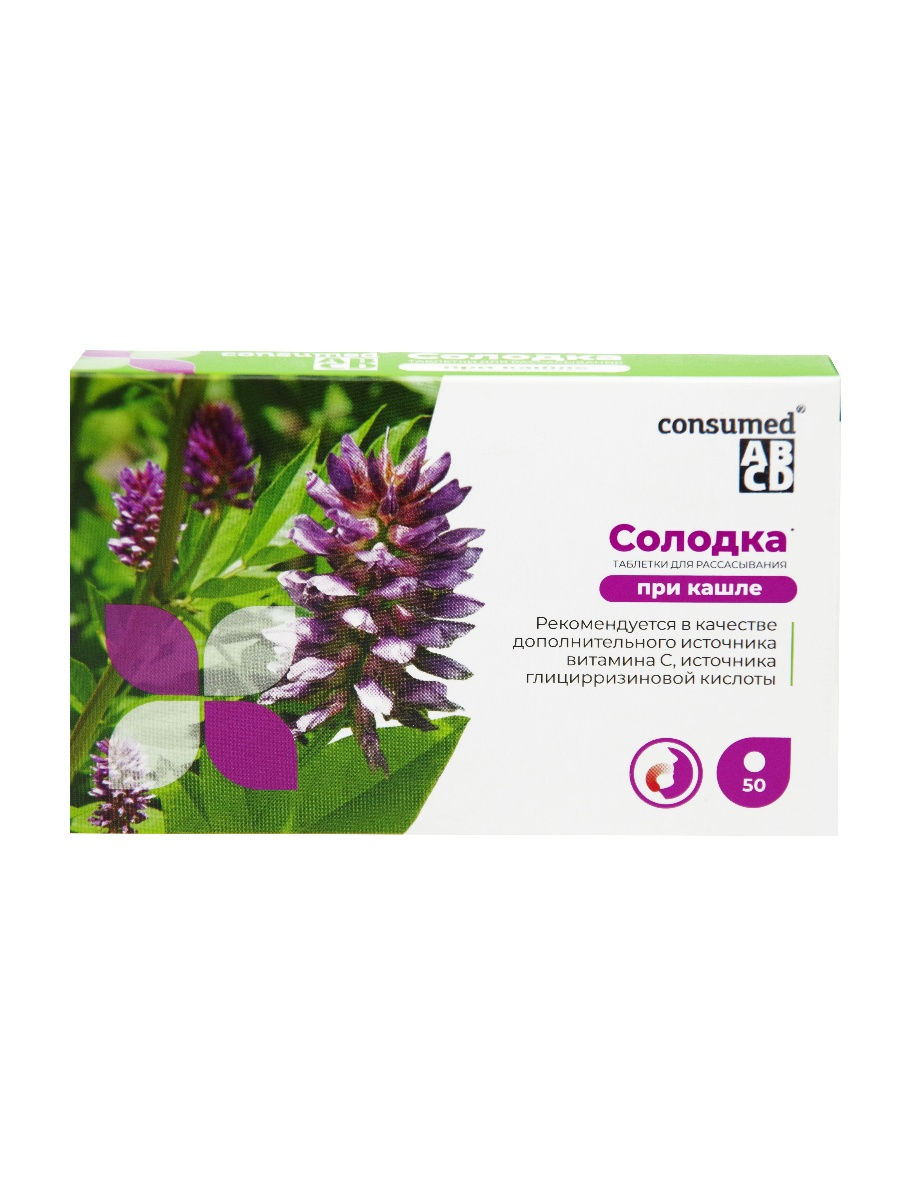
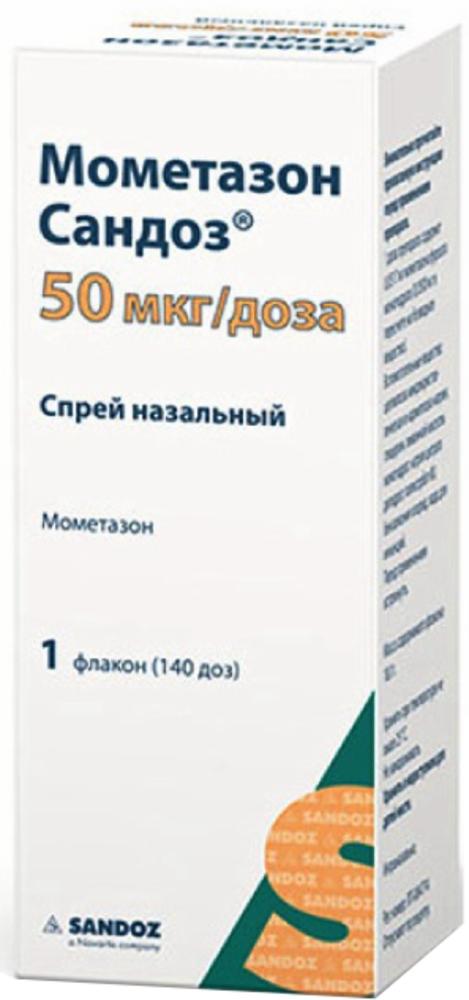
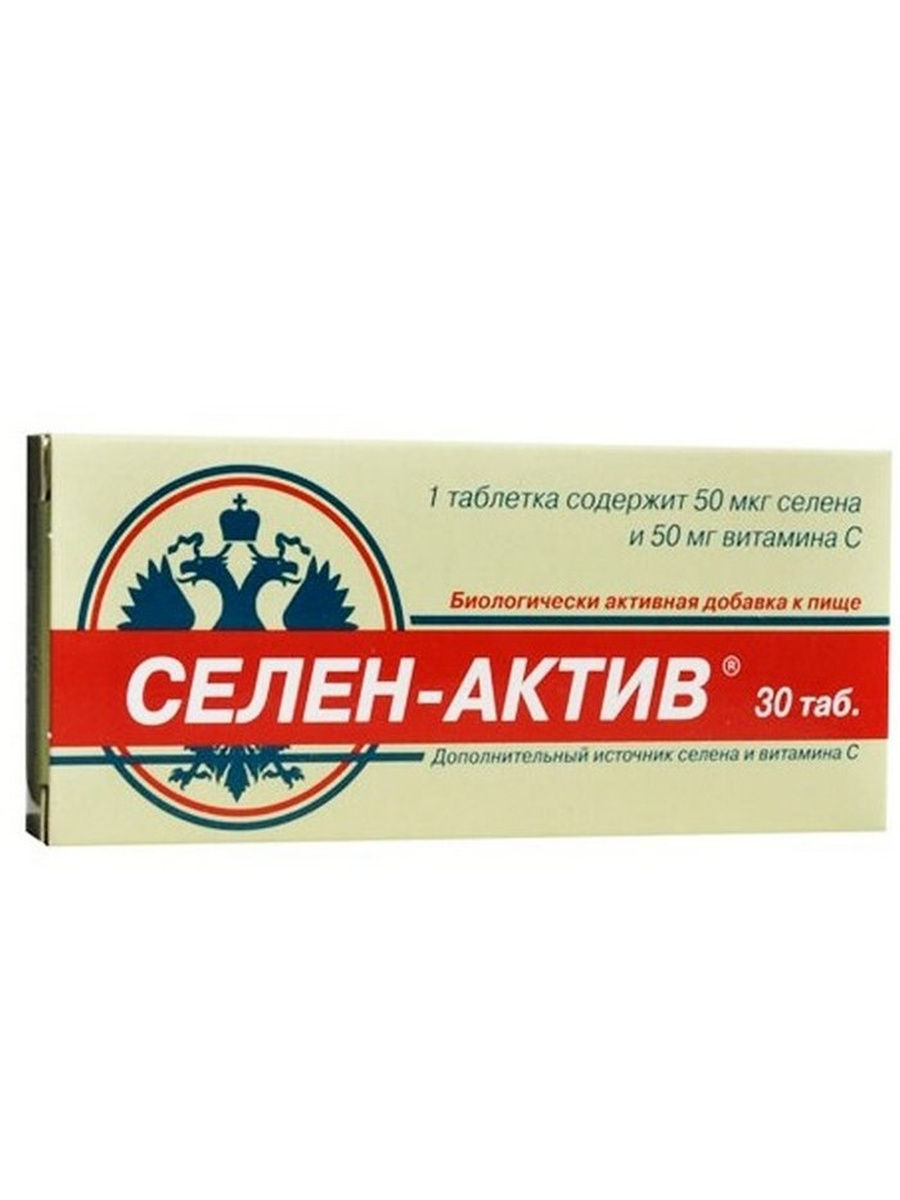
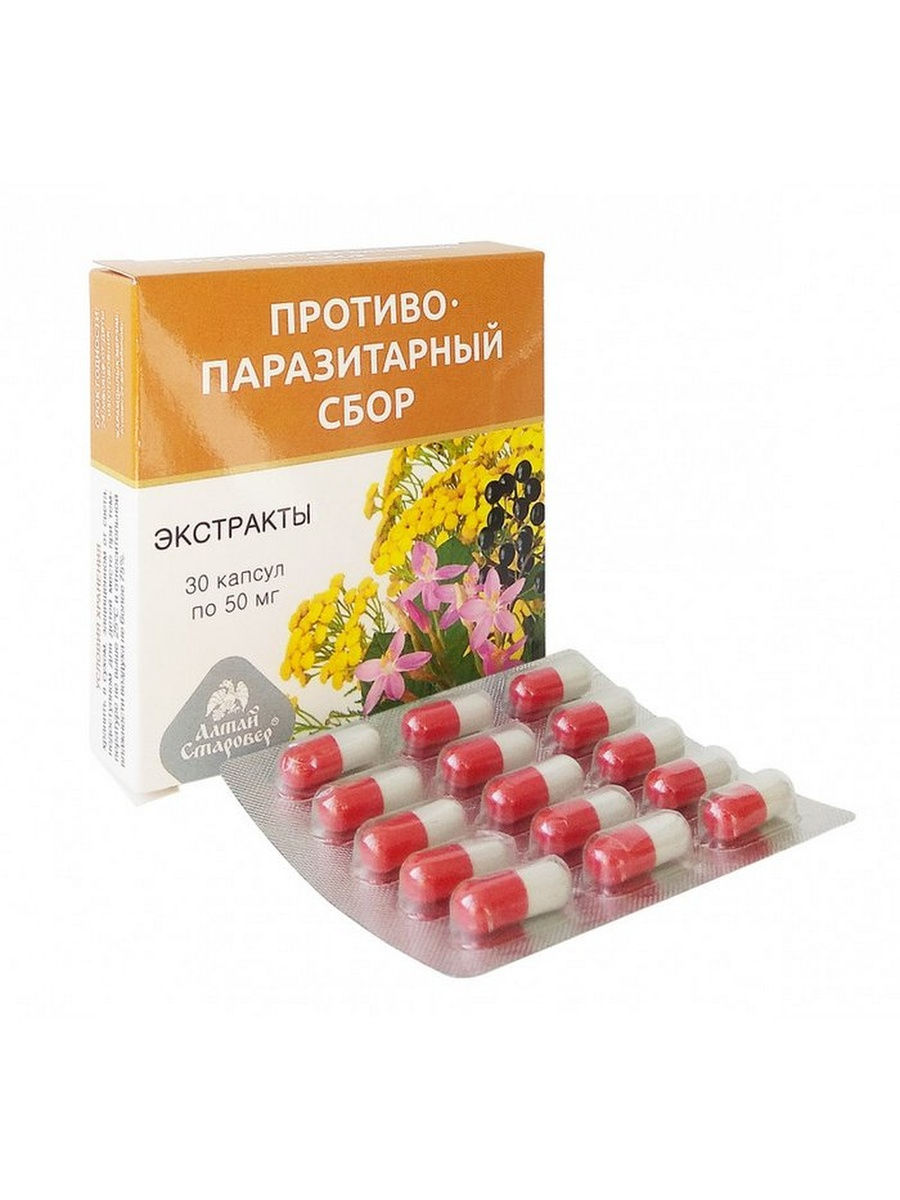
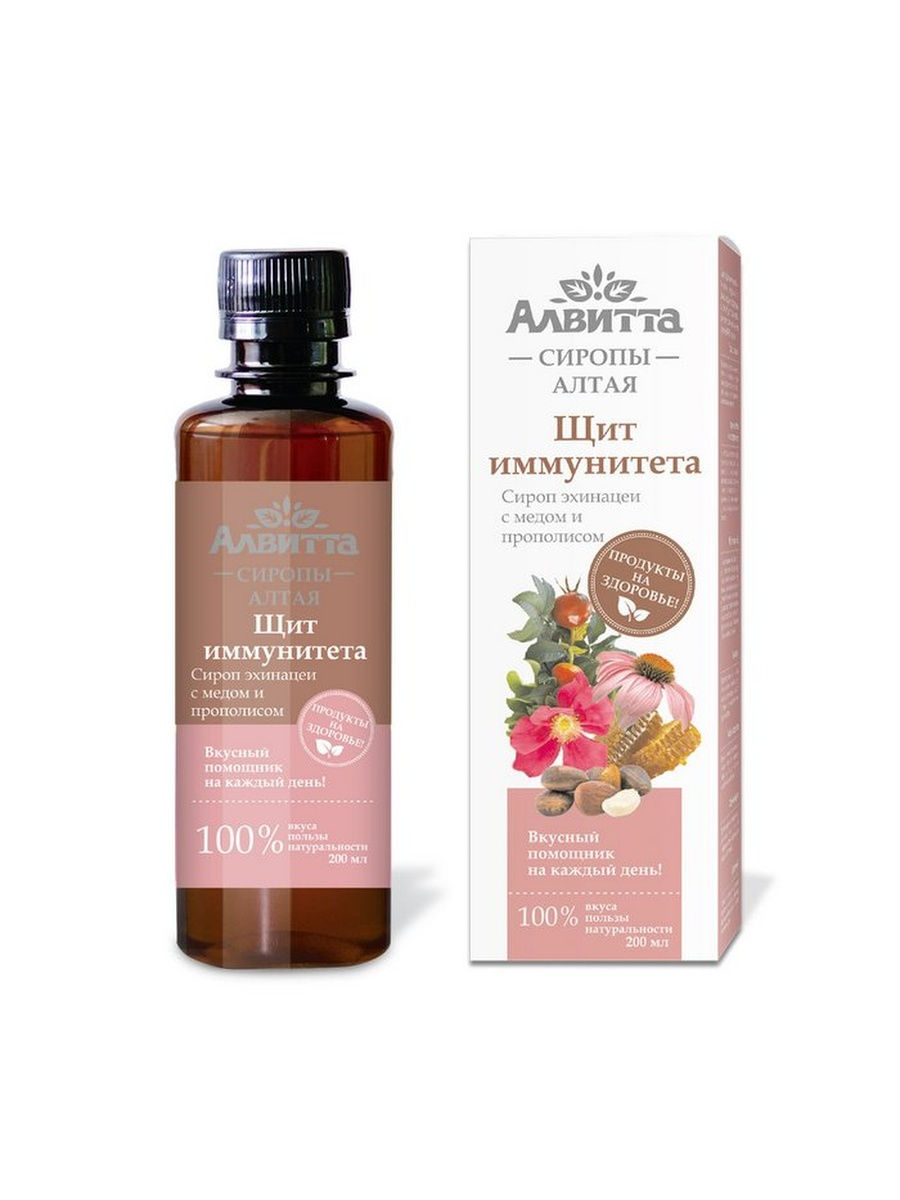




There are no reviews yet.